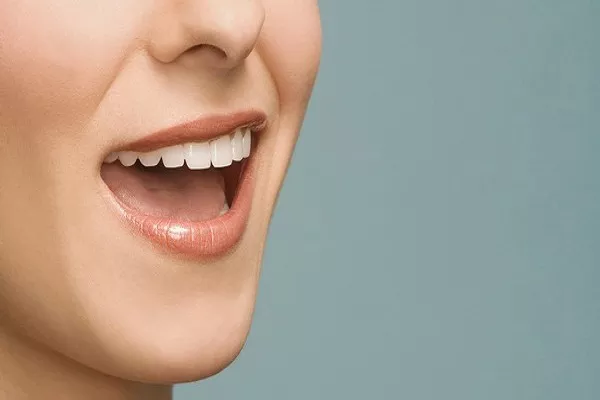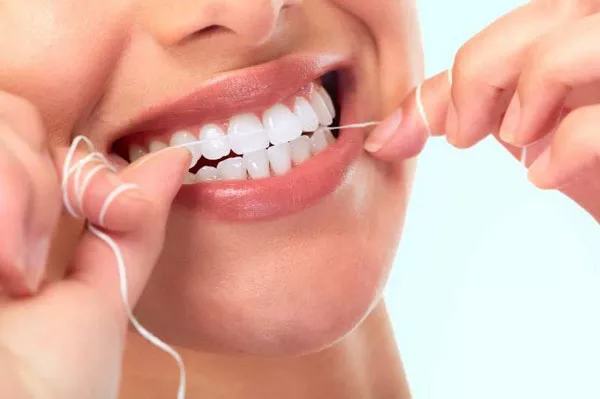Dental floss is an essential tool for maintaining good oral hygiene. It helps remove food particles and plaque from between your teeth, where your toothbrush can’t reach. However, many people don’t know how to use dental floss correctly. In this article, we will discuss the proper way to use dental floss and some tips to make it easier.
Choosing the Right Type of Dental Floss
There are several types of dental floss available, including waxed and unwaxed floss, flavored floss, and floss picks. Waxed floss is more comfortable to use and slides easily between your teeth, while unwaxed floss tends to squeak, indicating that it’s cleaning well. Flavored floss can make flossing a more pleasant experience, and floss picks are convenient for on-the-go flossing. Choose the type of dental floss that you find most comfortable and effective.
Get Enough Floss
Cut off about 18 inches of dental floss and wind most of it around one of your middle fingers. Wind the remaining floss around the same finger on the opposite hand. This will allow you to pull a fresh section of floss as you move from tooth to tooth.
Hold the Floss Correctly
Hold the floss tightly between your thumbs and forefingers, leaving about an inch of floss in between. Use a gentle back-and-forth motion to guide the floss between your teeth. Avoid snapping the floss into place, as this can damage your gums.
Glide the Floss Between Your Teeth
Gently glide the floss up and down against the side of each tooth, making sure to get below the gumline. Curve the floss around the base of each tooth, forming a C shape, and gently slide it into the space between the tooth and gum. Use a clean section of floss for each tooth, so you don’t transfer bacteria from one tooth to another.
Be Gentle
Don’t force the floss between your teeth or snap it against your gums. This can cause pain, bleeding, and damage to your gums. Instead, use a gentle sawing motion to guide the floss between your teeth.
Don’t Forget Your Rear Teeth
Many people forget to floss their back teeth, which are just as important as your front teeth. Use a back-and-forth motion to guide the floss between your back teeth, making sure to get below the gumline.
Rinse Your Mouth
After flossing, rinse your mouth with water to remove any remaining food particles or plaque. You can also use an antiseptic mouthwash to kill bacteria and freshen your breath.
Floss Daily
Flossing should be a daily habit. It only takes a few minutes, but it can make a big difference in your oral health. By removing plaque and food particles from between your teeth, you can prevent gum disease, cavities, and other dental problems.
In conclusion, using dental floss correctly is essential for maintaining good oral hygiene. Choose the type of floss that is most comfortable and effective for you, hold the floss correctly, glide it gently between your teeth, and be sure to floss all of your teeth, including your back teeth. With these tips, you can keep your teeth and gums healthy for a lifetime.
Related Topics:





























